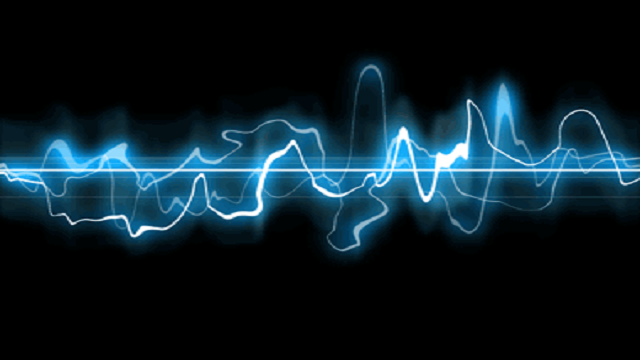Every day, Kevin Argentieri tracks down devices that are causing radio-frequency interference and then tries to persuade their owners to shut them off. This is a delicate process that involves knocking on strangers’ doors, searching their homes for the offending device, and politely reminding the owner that they could be fined up to $16,000 a day for keeping the gadget switched on.
Argentieri works for P3, a company that performs radio-frequency interference hunting for nationwide carriers including Verizon, AT&T, T-Mobile, and Sprint. American carriers pay big bucks to the U.S. Federal Communications Commission for exclusive licenses to swaths of the radio-frequency spectrum.
Once a license is sold, the FCC prohibits anyone else from transmitting on that particular band. But rogue devices are out there, and it’s Argentieri’s job to find them. He says baby monitors, cordless phones, and cell phone repeaters are three of the most common violators.
Interference from any of these sources causes dropped calls for wireless customers in the area and worsens the overall performance of the network. Argentieri uses a portable spectrum analyzer to home in on the source. Most of the time, it takes him less than a day to track it down.
On a recent hunt in Brooklyn, Argentieri traced interference from a client’s rooftop base station to a construction site across the street, where he believes the crew nicked a cable TV antenna. The interference popped up in the 700-megahertz band, which is popular with both cable TV companies and wireless carriers.
Cable TV companies are permitted to use 700 MHz so long as their TV signals remain contained within the cables running to customers’ televisions. But if one of those cables is sliced in two by construction, or chewed up by squirrels (it happens, says Argentieri), the cable starts spewing TV signals into the air.
These “leaked” TV signals interfere with the cell signals of other customers in the area who also rely on 700 MHz. Cell signals can even bounce right back into the severed cable, distorting TV programs. His next step will be to inform the cable TV provider in the area of the suspected leak, and ask them to repair it.
The proliferation of personal electronics means the potential for radio-frequency interference is ever greater. But because it’s so difficult and expensive for carriers to buy new spectrum, they will continue to vigorously defend the licenses they hold—and keep Argentieri busy out on the streets.
Source: IEEE Spectrum








